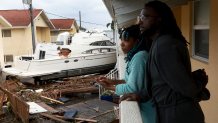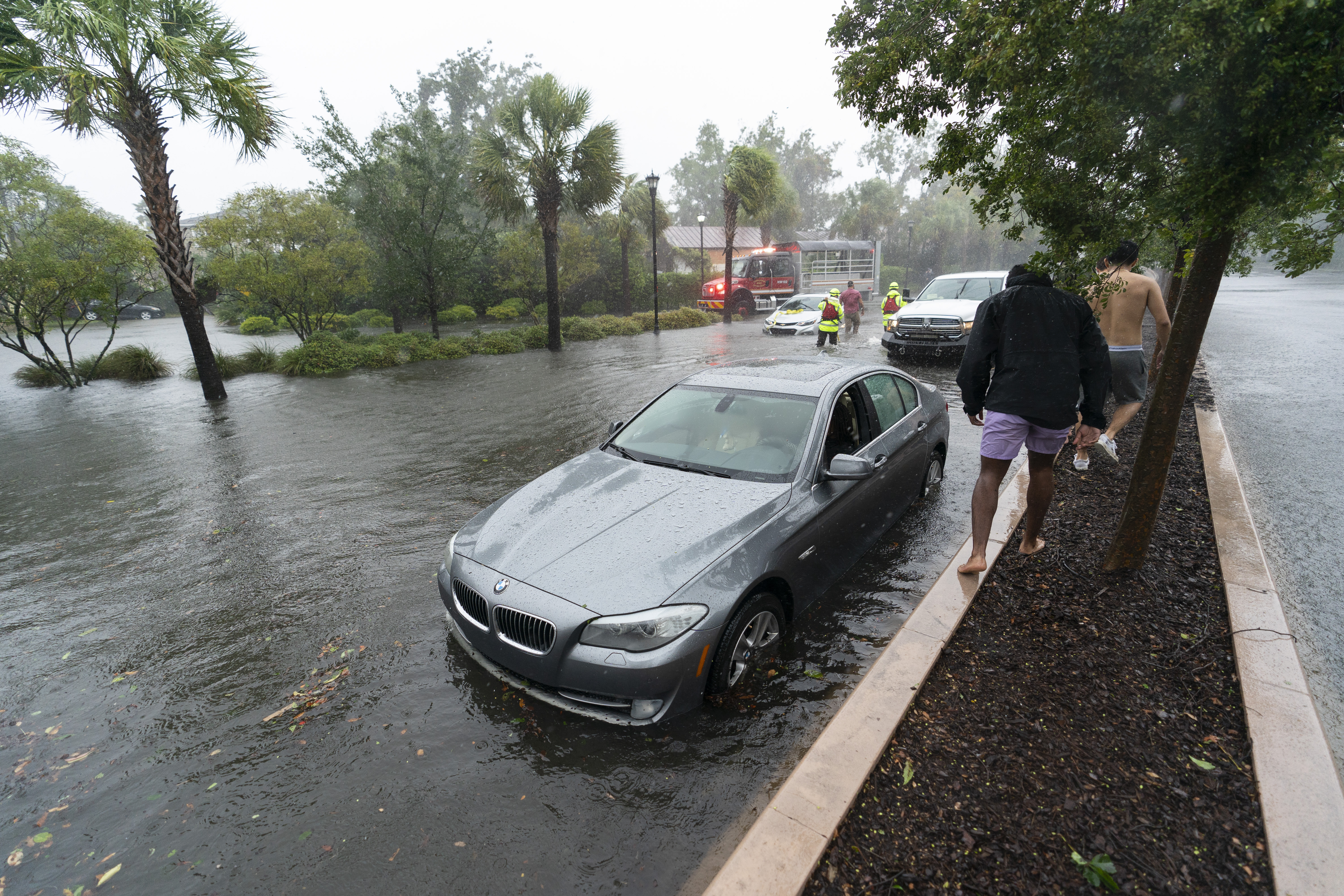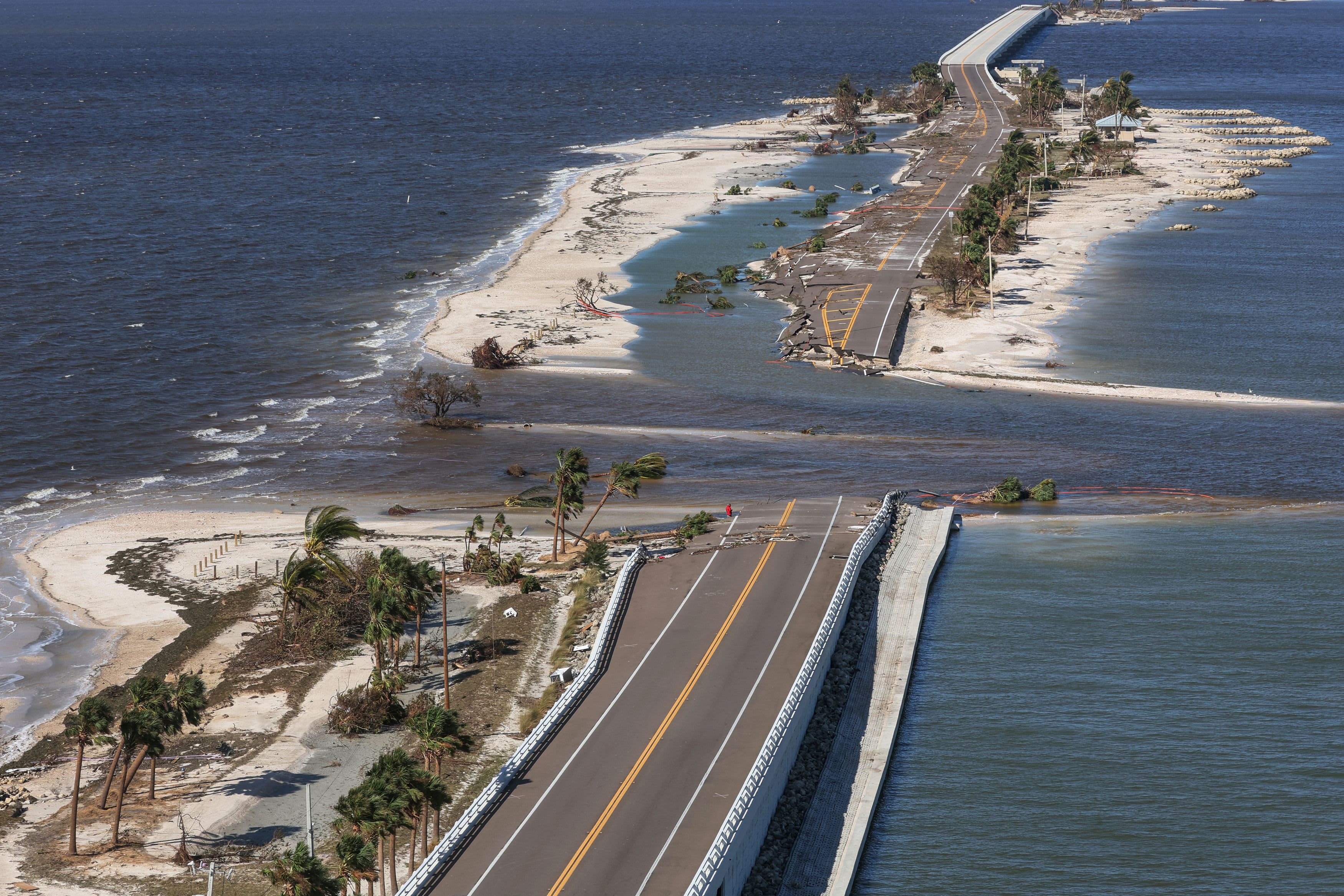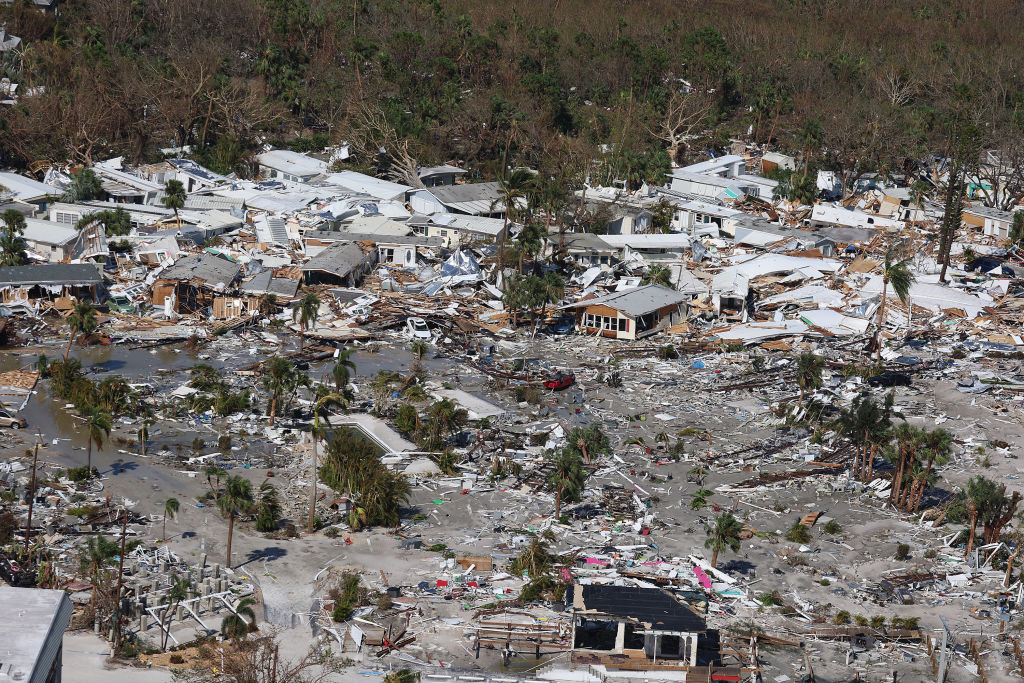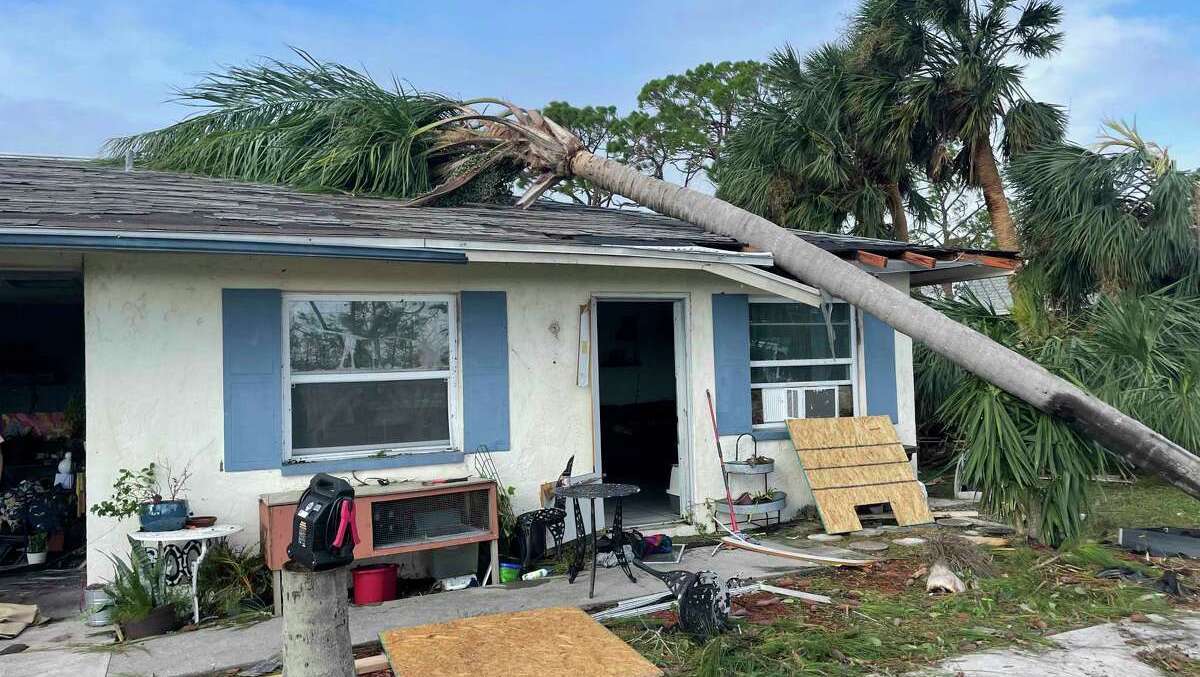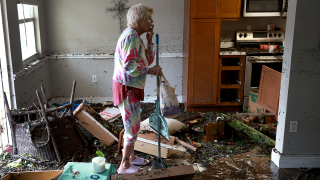
Hurricane Ian hit Florida with heavy rain and storm surges that flooded homes but more than 80% of Florida residents lack financial protection from floods. Coverage is higher in coastal communities, however, Ian threatened record rainfalls inland in rivers and lakes.
"Hurricane Ian is going to be a catastrophic flood event across Florida," said Mark Friedlander, the director of corporate communications at the Insurance Information Institute.
WATCH ANYTIME FOR FREE
>Stream NBC10 Boston news for free, 24/7, wherever you are. |
Approximately 18% of Floridians have flood insurance, leaving 82% with no financial protection, according to the institute. Coastal communities where evacuations took place this week had much greater rates of coverage, ranging from 50% to 95%, according to an analysis by the institute.
Those are amongst the highest rates in the country, Friedlander said. Flood insurance rates in Florida overall also are much higher than the U.S. average, which is only 4%.
Get updates on what's happening in Boston to your inbox. Sign up for our >News Headlines newsletter.
"Lack of flood insurance is the largest insurance gap for homeowners across the country," Friedlander said.
Standard homeowners policies do not include damage from flooding. That kind of coverage is typically provided through a federally backed program, the National Food Insurance Program.
The standard homeowners insurance policy would usually cover all other damage to a home from a hurricane, Friedlander said. That would include the roof, siding, windows and a garage, as well as a swimming pool, shed or gazebo. A standard policy would also provide protection from fires, lightning strikes and other hazards, he said.
Destruction from Hurricane Ian
Even before Hurricane Ian made landfall on Wednesday, Florida Gov. Ron DeSantis warned that flooding threatened to pose a significant problem once the state turned to recovery efforts.
The storm's heavy rains matched what scientists have predicted for hurricanes as a result of climate change: stronger and wetter storms.
“This business about very, very heavy rain is something we’ve expected to see because of climate change,” MIT atmospheric scientist Kerry Emanuel told The Associated Press. “We’ll see more storms like Ian.”
Hurricane Ian Heads For South Carolina After Drenching Florida With Heavy Rain
Note: Recorded precipitation from 7 a.m. Sept. 27 to 7 a.m. Sept. 30. Source: NOAA
Amy O’Kruk/NBC
Friedland said that coastal counties in Florida and other parts of the country typically have much higher rates of homeowners with flood insurance than inland counties. In areas of Central Florida less than 10% had flood insurance, while more than 90% of Central Florida residents are not protected from flood losses, he said.
Federally regulated or insured lenders must require buyers of properties in high-risk flood zones to buy flood insurance as a condition of a mortgage. That area might also be at risk for mud flows and erosion.

The average premium for a National Flood Insurance Program policy is $985, according to the institute.
Florida residents can obtain private flood insurance, Friedlander said. They have more options than in any other state, with dozens of private flood insurers offering coverage in Florida, he said. The cost of such policies was not available.
But standard home, condo and renters policies do not cover floods.
More on Hurricane Ian
President Joe Biden approved a major emergency declaration for Florida on Thursday. He said that residents who lack enough insurance could request from the federal government up to $37,900 toward home repairs and another $37,900 for loss of items such as cars or other personal property.
Grants from the Federal Emergency Management Agency or FEMA usually provide no more than $10,000, according to an analysis from the institute.
"FEMA grants are not a replacement for flood insurance," Friedlander said.
Florida’s insurance market was already in upheaval before Hurricane Ian came ashore. A dozen insurance companies have gone out of business in Florida since the beginning of 2020, roiling the market. Six were declared insolvent just this year, NBC News reported.
